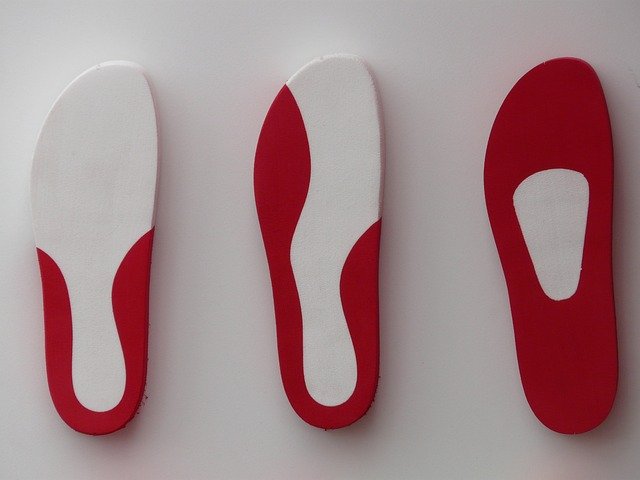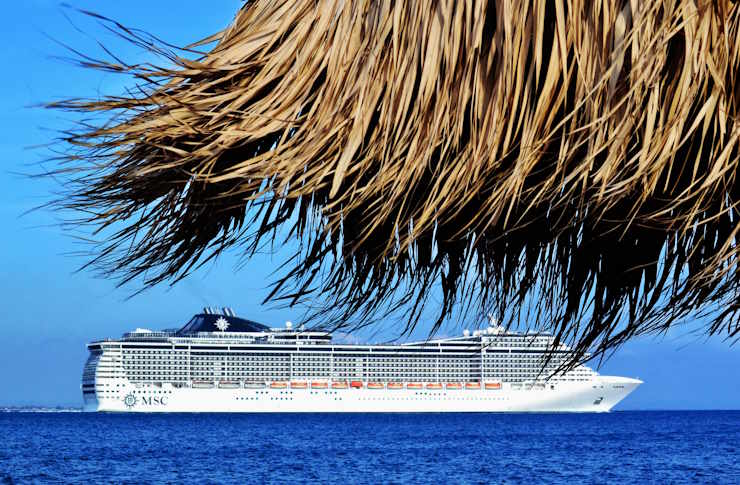Best Orthopedic Shoes for Seniors in the United States 2025
Did you know the right orthopedic shoes can contribute to improved comfort and support for seniors? Learn about essential features, recommended brands, and practical tips to better understand how proper footwear can accommodate aging feet and promote long-term mobility.

Why Orthopedic Shoes Are Helpful for Seniors
Orthopedic shoes are designed to support both the structure and function of the foot. Seniors often experience foot challenges due to aging, including reduced arch support, joint discomfort, swelling, deformities, and decreased balance. Orthopedic footwear addresses these issues by:
- Offering arch support and cushioning intended to reduce foot discomfort.
- Featuring wide toe boxes to accommodate deformities or swelling.
- Providing stability to potentially reduce fall risks.
- Allowing customizable fits with adjustable fastenings and compatibility with orthotics.
- Employing durable, breathable materials to enhance comfort over extended wear.
Wearing well-fitted orthopedic shoes can support mobility and encourage comfortable walking patterns.
Popular Orthopedic Shoe Brands in 2025
In 2025, podiatrists and experts mention several brands that provide orthopedic footwear options suitable for seniors with various needs:
- Hoka: Known for cushioned supportive sneakers, with models bearing the APMA (American Podiatric Medical Association) Seal of Acceptance, compression-molded EVA midsoles, and wide sizing options.
- Brooks: Offers stability-focused athletic shoes with GuideRail support systems for overpronation and flat feet, noted for arch support and breathable uppers.
- New Balance: Recognized for cushioning, wide size ranges, and durable materials, providing shock absorption and fitting various foot shapes.
- Skechers: Includes the Arch Fit line, carrying the APMA Seal, with slip-in options offering cushioning and easy wear.
- Orthofeet: Specializes in pain-relief footwear with slip-on designs, cushioned soles, arch support, and features accommodating various foot conditions.
- Birkenstock: Known for cork footbeds that mold to the foot, offering arch support and heel cups aimed at relieving plantar fasciitis symptoms.
- Vionic: Features sneakers with built-in orthotic footbeds and reliable traction for everyday walking.
- Kizik, Zeba, Nike Go FlyEase: Brands offering innovative hands-free shoes designed for easy slip-on without laces or fasteners.
These brands offer a range of styles intended to meet orthopedic needs while providing contemporary looks.
Features to Consider in Orthopedic Shoes for Seniors
Selecting orthopedic shoes involves focusing on attributes that enhance comfort and support:
- Arch Support: Rigid shanks and molded midsoles to stabilize the arch and assist alignment.
- Cushioning: EVA or memory foam soles for shock absorption and pressure reduction.
- Wide Toe Boxes: Room to prevent pinching and accommodate swelling or deformities.
- Adjustable Fittings: Velcro straps, bungee laces, or stretch designs for customizable comfort.
- Orthotic Compatibility: Removable insoles allowing use of custom orthotics or inserts.
- Non-slip Soles: Rubber outsoles with tread patterns aimed at improving traction.
- Hands-Free Designs: Slip-on or fastener-free models to assist those with mobility or dexterity challenges.
- Breathable Materials: Leathers, mesh, or quality synthetics to reduce moisture and heat.
- Lightweight Construction: To minimize fatigue during walking or standing.
- Sizing Range: Options including wide and extra-wide widths, covering common US sizes.
Orthopedic Shoes and Specific Foot Conditions
Certain foot conditions experienced by seniors may benefit from targeted shoe features:
- Plantar Fasciitis: Shoes with deep heel cups, cushioned footbeds like cork (e.g., Birkenstock), and shock absorption.
- Diabetes and Neuropathy: Seamless interiors to reduce irritation and extra depth to prevent ulcers (Orthofeet designs are noted examples).
- Flat Feet or Overpronation: Stability shoes with arch and heel support (Brooks, New Balance).
- Arthritis: Lightweight, cushioned shoes with adjustable closures for ease of use.
- Swollen Feet: Wide or stretchable shoes with roomy toe boxes (Skechers Arch Fit, New Balance wide widths).
Hands-Free Shoes Supporting Safety and Independence
For seniors with difficulties bending or tying laces due to arthritis, back pain, or limited mobility, hands-free shoes provide accessible options. Brands such as Orthofeet, Kizik, Skechers Slip-Ins, Zeba, and Nike Go FlyEase offer:
- Slip-on designs requiring no laces or fasteners.
- Technologies such as patented heels that flex and lock.
- Slip-resistant soles that help reduce slipping risks.
- Comfortable cushioning and arch support features.
These models aim to support independence and ease of use without compromising comfort.
Practical Buying Tips for Orthopedic Shoes in 2025
Consider these factors to ensure a well-fitting, comfortable orthopedic shoe:
- Try Multiple Sizes and Brands: Sizing can vary widely between brands.
- Follow Fit Guidelines: Leave about a thumb’s width from the longest toe to the shoe’s end.
- Assess Rigidity: The shoe should be stiff at the arch but flexible at the toes.
- Use Removable Insoles: If orthotics or special inserts are needed.
- Select Lightweight and Breathable Materials: For extended comfort.
- Prioritize Non-Slip Outsoles: For improved traction on different surfaces.
- Choose Wider Models if Needed: Especially for swollen or deformed feet.
- Look for the APMA Seal of Acceptance: Indicative of expert review regarding foot health benefits.
Purchasing Orthopedic Shoes and Pricing Overview
Orthopedic shoes suitable for seniors in 2025 are typically available across various channels in the US:
- Online marketplaces such as Amazon.
- Specialty orthopedic footwear retailers.
- Official brand websites.
- Select department stores and shoe outlets.
Prices vary according to brand and features. Some affordable options are offered for under $100 by brands like New Balance and Skechers. Premium brands such as Orthofeet and Hoka may command higher prices reflecting advanced materials and durability.
Orthopedic shoes designed for seniors in the United States in 2025 provide support, comfort, stability, and wearability. Advances in design and material technology enable seniors to find footwear options that accommodate foot conditions, enhance mobility, and offer contemporary styles. Careful selection based on fit, features, and individual needs supports comfortable and active lifestyles in later years.
Sources
- Today.com: The best orthopedic shoes for your feet, according to podiatrists
- Forbes.com: The Best Walking Shoes For Seniors That Are Stable And Comfortable
- TheFairwaysAtNaples.com: Best Hands-Free Shoes for Seniors
Disclaimer: All content, including text, graphics, images and information, contained on or available through this web site is for general information purposes only. The information and materials contained in these pages and the terms, conditions and descriptions that appear, are subject to change without notice.



